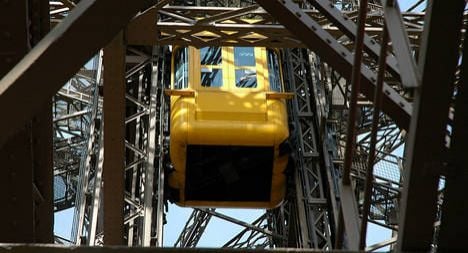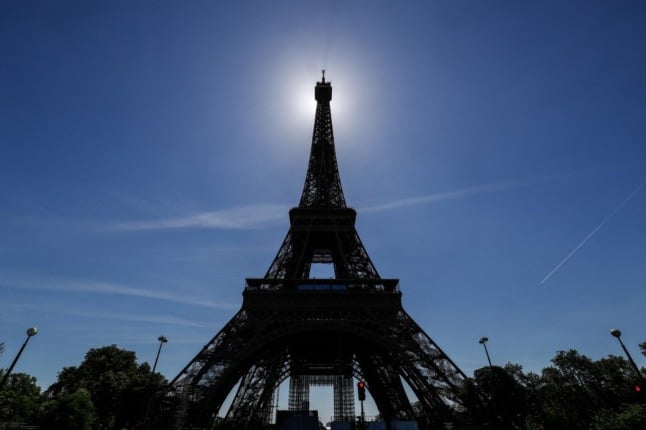The incident occurred in March, French daily Le Parisien reports. The paper says that the lift, which was empty, slipped on a greased cable. But most worryingly, the emergency lock on the lift did not function so the booth slipped fifteen metres to the bottom of the shaft.
The fall damaged the interior wall of the lift and broke a pane of glass.
Eiffel Tower management say they are taking in the incident seriously and are investigating its causes.
“We immediately took this incident seriously,” Nicolas Lefebvre, general director of the tower, said in an interview with Le Parisien. “We have asked for a internal assessment as well as an expert report from an independent sub-contractor.”
The lift, which is situated in the northern pillar of the Eiffel Tower had been closed to the public for maintenance for a couple weeks.
The Eiffel Tower welcomes almost 7 million visitors every year and is the most visited monument that charges an entrance fee in the world.



 Please whitelist us to continue reading.
Please whitelist us to continue reading.
Member comments